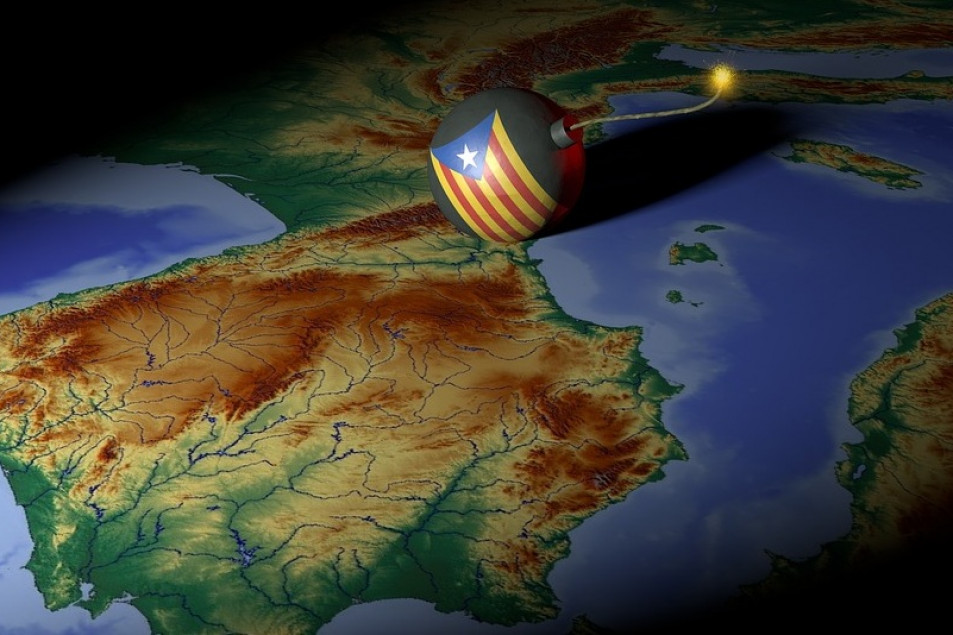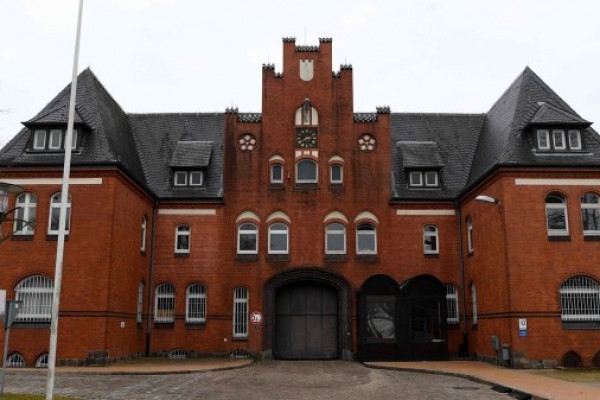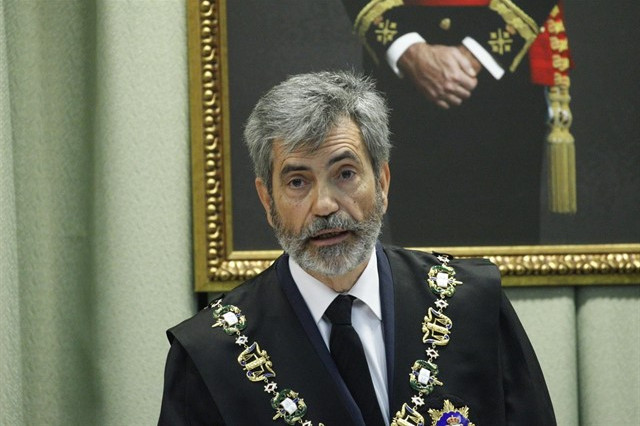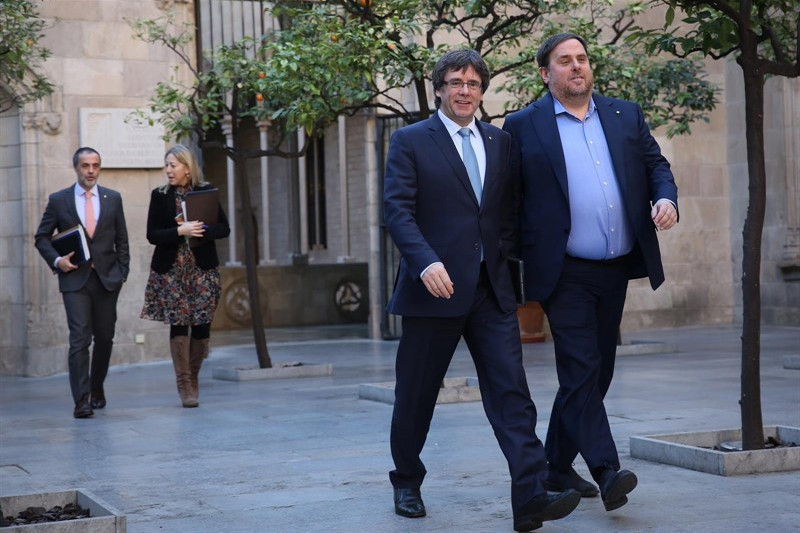At the European regional level, and more specifically within the European Union, the process of building a "common judicial area" enshrined in the Treaty of Lisbon gives a special impetus to judicial criminal cooperation that, fully communitarian, begins to be configured through the prism of a new paradigm, such as the mutual recognition of judicial resolutions, to which a new one has recently been added: that of availability.
The exercise of freedom requires a genuine area of justice in which people can appeal to the courts and the authorities of any Member State with the same ease as those of their own. Criminals should be prevented from finding ways to take advantage of the differences between the judicial systems of the Member States. Judgments and resolutions has to be respected and enforced throughout the European Union, while safeguarding the basic legal security of individuals and economic agents.
The compatibility and convergence of the judicial systems of the Member States has to be increased.
Since the development of the area of freedom, security and justice in the EU, in 1997 by the Treaty of Amsterdam, Member States continue to strengthen their judicial cooperation mechanisms through implementing their two basic principles: the harmonization of legislation and the mutual recognition of resolutions in criminal matters.
CONSECRATION OF MUTUAL RECOGNITION
On one hand, through harmonization the same system of procedural guarantees has to be achieved throughout the European area, and tend towards the highest level of protection. On the other hand, that the criminalization of criminal behaviour and the sanctions that are imposed should maintain a certain uniformity throughout the Union and, finally, that the institutional guarantees that public servants of the criminal justice system have be strictly respected and, essentially, the independence of the judges.
The principle of mutual recognition, based on mutual trust between the Member States as a result of this previous work of regulatory harmonization and enshrined in the Tampere European Council in 1999 as the "cornerstone" of judicial civil and criminal cooperation in the EU (Conclusion No. 33), has brought about a genuine revolution in relations of cooperation between the Member States, by allowing that resolution issued by a judicial authority of a Member State to be recognized and enforced in another Member State, except when some of the grounds for contrary to their recognition. Traditionally this recognition required an exequatur procedure. Basically, one which was recognized was not so much the foreign resolution as the national decision to put it into effect and was governed by the national provisions of the state that provided international cooperation.
The Treaty on the Functioning in the European Union in 2007 has enshrined as a legal principle of mutual recognition, in which, according to Article 82, judicial cooperation in criminal matters is based.
This new model of judicial cooperation entails a radical change in the relations between the Member States in the European Union by replacing the old communications between the central or governmental authorities by direct communication between the judicial authorities, suppressing the principle of double criminality in relation to a predetermined list of crimes and to regulate as exceptional the rejection of the recognition and enforcement of a resolution, based on a assessed list of grounds for refusal. In addition, it was possible to simplify and streamline the procedures for the transmission of judicial decisions, through the use of a certificate that had to be completed by the competent judicial authorities for the transfer of a decision to another Member State.
We are fighting against what can be conceptualized as a "free circulation of judicial resolutions" within public resources space of security, freedom and justice.
BEING AUTOMATIC IS NOT ALWAYS ABSOLUTE
In the criminal sphere, as stipulated in the programme of measures aimed at putting into practice the principle of mutual recognition of decisions in criminal matters, this principle has to be applicable in each of the phases of the criminal process, both before (thus, the preventive freezing and securing of evidence) as during and even after the sentence handed down (thus, on probation).
These are currently the instruments of mutual recognition enshrined in Law 23/2014, of November 20th: European order of arrest and surrender, European order of protection, resolutions on alternative measures to provisional detention, freezing and evidence assurance, European investigation order, confiscation orders, resolution imposing a penalty or measure of deprivation of liberty, probation resolution and resolutions imposing pecuniary sanctions.
In a nutshell, mutual recognition means that once a decision has been handed down by a judge in the exercise of their powers in a Member State, to the extent that it has extra-national implications, it will be automatically accepted in all other Member States, and it will have the same or at least similar effects there as in the State of its adoption; and this always without detriment to the recognized fundamental rights of people, since its explicit purpose is both to facilitate cooperation between authorities and the judicial protection of individual rights.
We should note that, although it is a transcendent step in the field of cooperation, the automatic acceptance of a judicial decision by the other Member States is not always absolute, allows very different levels and is subject to quite different conditions, and the different instruments that allows the aforementioned principle continues to have causes of denial, more or less extensive. The legislative harmonization in the substantive field to date is rather modest because it is reduced to a limited series of criminal behaviour (counterfeiting of the Euro and other means of payment, private corruption, trafficking in people, child pornography, attacks on computer systems, and so on...). and the usual European standard adoption instrument, the Directive (before the Lisbon Treaty, the Framework Decision), entails the practical difficulty of having to examine several legal texts, for their applicability: a) internal transposition; b) the Framework Decision or Directive itself, as well as helping to understand the internal regulations, it has to be interpreted according to the European text (STJCE of June 16, 2005, Puppino case); and c) the transposition of the Member State where we want it to be implemented, which will indicate, deadlines, language, specification of the grounds for refusal planned as facultative and any other peculiarity regarding transmission, procedural formality, and so on.
Having said this, we have to conclude that the desired freedom of movement of judicial decisions throughout the European Union, so that they maintain their effectiveness with the same intensity as in the state of origin, still integrates a distant goal, as revealed by the latest resolutions issued by Belgian and German courts.











